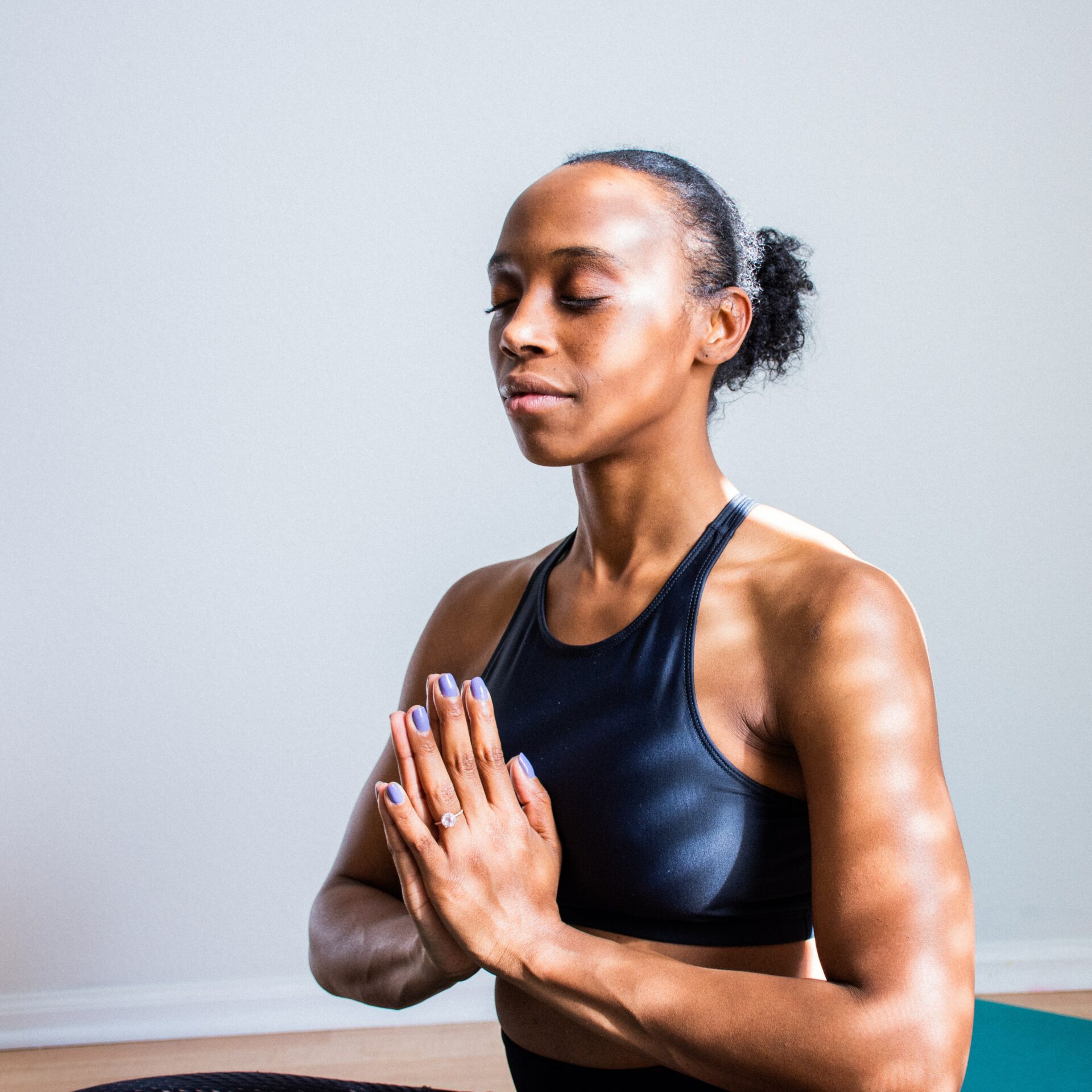What is vertigo?
An individual with vertigo will have a feeling of spinning or dizziness. Vertigo can be a symptom of a range of other medical conditions. It can happen when there’s an issue with the inner ear, brain, or sensory nerve pathway.
Dizziness, such as vertigo, is common in people aged 65 years or over but can occur. at any age
Vertigo can be long-term or temporary. It may occur during pregnancy or as a symptom of an ear infection. Individuals with inner ear disease, such as Ménière’s disease, sometimes also experience vertigo.
An individual with vertigo may experience balance issues and lightheadedness. Vertigo is a feeling of spinning dizziness, like the area or surrounding environment is spinning in circles around the individual. Many people inaccurately describe vertigo as a fear of heights. Vertigo can happen when someone looks down from a great height, but it usually refers to any temporary or continuing spells of dizziness which occur because of problems in the inner ear or brain.
It’s not an illness but a symptom. Many different conditions can lead to vertigo.
Vertigo symptoms
An individual with vertigo will feel like their head or the space around them is turning or moving. Vertigo is a symptom, but it might lead to or occur along with other symptoms, too. These may include:
– balance problems
– nausea and vomiting
– lightheadedness
– a sense of motion sickness
– headaches
– ringing in the ear, also known as tinnitus
– a feeling of fullness in the ear
Inner ear problems that cause dizziness (vertigo): Your sense of balance is dependent upon the combined input from the different pieces of your sensory system. These include your:
– Eyes that help you decide where your body is in space and how it’s moving
– Sensory nerves, which send messages to your mind about body movements and positions
– The inner ear, which homes detectors that help detect gravity and back-and-forth movement
Vertigo is the false sense your surroundings are spinning or moving. With inner ear ailments, your brain receives signals from the inner ear, which aren’t consistent with what your own eyes and sensory nerves are getting. Vertigo is what results as your mind functions to sort out the confusion.
– Benign paroxysmal positional vertigo (BPPV) is the most common cause of vertigo. This condition causes an intense and short but false sense that you are spinning or moving. These episodes are triggered by a rapid shift in head movement, like experiencing a blow to the head, turning over in bed, or sitting up.
– An inner ear viral infection of the vestibular nerve can trigger severe, continuous vertigo. If you have sudden hearing loss, you might have labyrinthitis.
– Meniere’s disease. This disorder occurs when there is an excessive fluid buildup in the inner ear. Sudden episodes of vertigo can result lasting as long as several hours. You could also experience fluctuating hearing loss, ringing in the ear, and also the sensation of a plugged ear.
– Migraine. Individuals who experience migraines might have episodes of vertigo or other kinds of dizziness, even if they do not have a serious headache. Such vertigo episodes may last minutes to hours and may be associated with headache and light and sound sensitivity.
– Various conditions may result in vertigo, which generally involves either a problem with the central nervous system (CNS) or an imbalance in the inner ear.
Conditions that can cause vertigo symptoms
Conditions that may result in vertigo include the following.
Benign Paroxysmal Positional Vertigo (BPPV): This disorder is because of the migration of calcium to the wrong area from the inner ear. These little crystals distort the body’s response to gravity when moving the head in a particular position.
– Labyrinthitis: This disorder sometimes happens when an infection causes inflammation of the inner ear labyrinth. Aside from dizziness with vertigo, an individual with labyrinthitis may experience hearing loss, tinnitus, headaches, ear pain, and vision changes. It has an influence on the body’s sense of balance.
– Cholesteatoma: This noncancerous skin growth can develop in the middle ear due to recurrent disease resulting in hearing loss and nausea.
– Vestibular neuritis: A disease causes vestibular neuritis, which is inflammation of the vestibular nerve. Vestibular neuritis causes vertigo that may accompany severe nausea, blurry vision, or a feeling of being off-balance.
– Ménière’s disease: This disorder usually occurs in people 40-60 years old. It causes a fluid buildup in the inner ear, which may result in attacks of vertigo, ringing in the ears, and hearing loss. The specific cause is unclear, but it may stem from blood vessel constriction, a viral disease, an autoimmune response, or a hereditary component, which means it runs in certain families.
– Acoustic Neuroma: A benign tumor affects the equilibrium and auditory nerves of the inner ear. It results in loss of equilibrium, fluctuating hearing loss, and vertigo.
– Vertigo in pregnancy: Nausea and dizziness are common issues during pregnancy. Hormonal changes may also play a part in influencing the characteristics of the body fluids. A 2010 research surveyed 82 women during pregnancy. Over half of these reported experiencing dizziness during the first two trimesters, whilst one third reported nausea in the third trimester. Vertigo is a kind of dizziness, but it isn’t the exact same thing as lightheadedness. A precise explanation for this is a false sense of motion or spinning. You may feel that you or your surroundings are rotating.
Natural remedies for vertigo
Natural remedies to alleviate vertigo symptoms
People can take steps at home to help solve vertigo and limit their consequences. Anyone who encounters vertigo or other kinds of dizziness shouldn’t drive or use a ladder.
– The Epley maneuver for BPPV
A technique called the Epley maneuver can help some people with vertigo that stems from BPPV. The maneuver intends to move calcium carbonate particles from the semicircular canals back to the otolith organs of the vestibule, where they are not as likely to trigger symptoms in the inner ear. In case you have BPPV, this could enable you to move the dislodged crystals on your inner ear by performing specific head movements. You can refer to the movie or perform the following steps:
Sit on the bed. Move your head 45 degrees from the direction of the affected ear.
Lie down on a pillow, quickly turning the head to face upwards.
Wait for approximately 30 seconds until vertigo goes away.
Turn your head 90 degrees. Pause for another 30 seconds.
Turn, which means you are facing the floor, then slowly sit up.
Searching for the horizon line
Sometimes it is not the ears sending the false signals, but the eyes, such as in seasick or carsick scenarios. This can happen when the ears are properly perceiving movement, but the eyes are fixated on something motionless. By way of example, you might encounter carsickness when you read a novel while inside a moving car that’s driving on winding roads. If this occurs, find the horizon line and concentrate on it for a couple of minutes.
– Head rotations: It is possible to change the message coming from the ear to help fix clashing signals. To do it, move your mind in a rotating movement gradually in every direction. This can effectively reset your brain when it is causing you trouble.
– Holding onto something: Start looking for a steady and robust object to hold onto. This might help your brain get exact information to fix spatial confusion. To put it differently, you’ll be training the mind, which can be both comforting and beneficial to prevent you from falling.
– Head massage: This has so many advantages, like increasing the circulation of blood going to the brain, relieving your anxiety levels, and managing your vertigo symptoms.
– Neck massage: Cervical vertigo originates from inflammation or injury of the muscles around the throat. This may cause pressure around the nerves of the neck. The tension in the inflammation may create incorrect information, communicating to the brain when the head is tilted more to one side it really is. Massaging the neck can offer some relief and help with vertigo.
– Easing Vertigo During Upper Cervical Chiropractic Another vertigo cause is a bone misalignment in the uppermost region of the spine. The C1 and C2 vertebrae support the skull and the head weight while allowing the head’s mobility. However, they are extremely prone to misaligning, which can result in problems for the rest of the body.
If the C1 or C2 vertebrae misalign, this may put pressure on the brainstem, resulting in improper communication between the mind and the body. By way of instance, the brainstem may inform the brain that the body is in motion when it isn’t, causing vertigo.
– Lifestyle changes: Measures that can help reduce the effects of vertigo comprise :
– Lying in a quiet, dark room when the spinning is acute
– sitting down when the feeling of nausea seems
– taking additional time to do movements that may trigger symptoms, like getting up, looking upward, or turning the head
– squatting rather than bending over to pick up something
– using a cane when walking, if necessary
– sleeping with the head elevated on two or more cushions
– making adaptations in the house
– turning on lights when getting up at night to help prevent falls
– Herbal remedies: Some herbal solutions can help improve symptoms. These include:
– Ginger
– Cayenne
– Turmeric
– Ginkgo biloba
– Gongjin-dan
– Acupuncture: Acupuncture, an ancient form of traditional Chinese medicine (TCM), is a widespread treatment for nausea and vertigo. Practitioners of acupuncture think that dizziness and related ailments are a consequence of the body’s imbalances. They use this TCM clinic to relieve symptoms by restoring that balance. Moreover, acupuncture can also be tied to the concept that disease is the consequence of a disturbance of the flow of qi (energy) in the body. Qi is believed to flow through the pathways (meridians) in the body, creating 350 acupuncture points.
A 2015 research found that 30 minutes of acupuncture helped reduce symptoms in 60 people who visited an emergency department with dizziness and vertigo. However, more study is essential to validate the efficacy of this treatment technique. People should ask their health care provider before using any other treatments. They should also see a doctor if vertigo begins suddenly or gets worse because they might require treatment for an underlying illness.
– Ayurveda: According to Ayurveda, vertigo is due to an imbalance in two of those three vital energies — Vata and Pitta. Together with Kapha, they execute the processes within the body. Nature sets every one of those energies — Doshas in specific composition. In this equilibrium, everything within the entire body functions optimally, and diseases do not occur.
When a Dosha goes out of equilibrium, it causes disturbance in the functions of particular organs, and this results in diseases. Moreover, very often, this causes disturbances in the other two energies, and so the diseases become more. Ayurveda therapies include the recovery of the energy balance of the Doshas, which interrupts the optimum use of the organism. This is achieved through appropriate nutrition, herbal remedies, natural oils, various procedures, and remedies like pouring, rubbing, and massages with oils, laxatives and cleansing treatments, yoga.
– Exercises: Exercises can help alleviate symptoms sometimes.
Some kinds of vertigo resolve without therapy, but a person may need treatment for an underlying issue. Medications and surgery may be necessary if other treatments aren’t effective. Ask your physician for treatment choices.
Types of vertigo
Vertigo Types
There are different kinds of vertigo, which vary in their origin.
– Peripheral vertigo: About 80 percent of cases are of the sort. Peripheral vertigo generally results from problems in the inner ear. Tiny inner ear organs respond to gravity and the individual’s position by sending messages through nerve signals to the brain. This procedure enables individuals to keep their balance when they stand up. Changes to the system can produce vertigo. BPPV and inflammation are common triggers. Other causes may include Ménière’s disease and acoustic neuroma.
– Central vertigo: Central vertigo relates to issues with the CNS. It usually originates from a problem in a region of the brain stem or cerebellum. Approximately 20% of cases are of the sort. Potential causes include vestibular migraine, demyelination, and tumors involving the affected CNS region or regions.
A problem with the cervical spine may result in vertigo.
Summary
The outlook for vertigo is dependent upon the cause. Meniere’s disease has no cure, but its symptoms can be handled. Speak with your doctor to learn how best to handle the symptoms.






